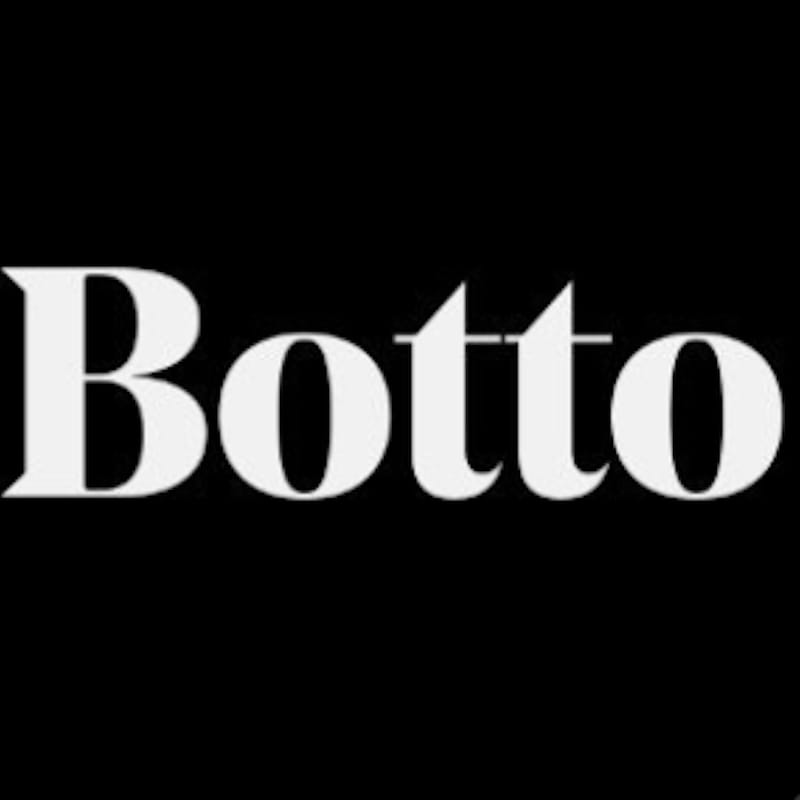Episode interview with some of the Botto team (choobie, Mario Klingemann, Simon Hudson) find their Twitter or more info on their website
Time Stamps
[0:55 – 3:16] Mario is the artist behind and the project and he has been doing generative, algorithmic and AI art for about 20 years. He says that at some point when dealing with these mediums you start to wonder, can I pass this last step of choosing and learning to a machine?
With blockchain taking off in 2018, Mario felt that this could be the time for this project, but he couldn’t do it alone. So he built a team to help him with the other side of things.
[3:16 – 6:37] Kizu asks about decentralized art and other movements where artists were so engaged with the community. Mario laughingly states that he would never use the term decentralized art and that for him the most question for him is, if a machine can reach true autonomy. He feels that, if possible, decentralized systems and DAOs are the tools that would allow the machine to do .
Right now they are still working to get to a level where the machine could be so autonomous that it could make its own decisions, even fire/hire people. For now, Botto is still in a toddler phase, the AI needs help making decisions, and that’s why the community of stakeholders is so important.
[6:37 – 10:04] Simon started as a member of the community then decided to get more involved. Simon elaborates on the idea of decentralized governance and DAOs - the emerging subtleties of structures and principles that are needed to uphold them.
Simon was working in AI for the past five years and became fascinated with Mario’s work back in 2016. He was drawn to the idea of open, community oriented sourcing as a way to train AI as a reflection of taste. And within that, crypto as a great tool for getting the value to loop back to that same community.
[10:04 – 13:30] Sabretooth notes that Botto is using GPT3 neural network which is widely used in other NFT projects such as Pak’s LostPoets, he asks about the feedback loop and how the experiment evolves to be more autonomous over time.
Mario comments that Botto uses GPT3 for the description generation and that for the image Botto uses VQGAN + CLIP. Botto is a prompt miner, each image is generated from prompts. Botto finds good prompts which then produce interesting forms (aesthetic or mental).
Botto is constantly producing new fragments, about 3-4k every week, it then selects about 350 out of that week which get added to the voting pool. Botto pre-curates what the community sees and that process is influence from previous voting. This trains the model to mimic the voting behavior.
[13:30 – 17:34] The other way that the feedback comes in is that when particular images or topics receive more popular results, Botto will examine those areas for new ideas rather than generating new prompts. Botto is also built to try to surprise people and not be boring. People tend to like things that resemble traditional art but yet later, other people respond that they miss the crazy stuff. Botto tries to combine all of this and the team is currently analyzing how to deal with such mixed tastes.
[17:34 – 19:17] Sabertooth asks if Mario feels that the art is diverging from his own personal taste. Mario says, absolutely! Mario prefers the more grotesque stuff where the traditional, oil paint images are what have recently been winning.
Mario tried to create the algorithm as open and neutral as possible so as to not favor his personal taste.
[19:17 – 23:04] Originally Mario thought to have multiple bots so that each could cater to particular tastes and says that maybe they will get to that but that he already feels constrained by things they have promised such as only creating 52 NFTs per year. Mario finds that that is the difficulty of working in a communal project such as Botto. He thinks that having multiple bots may be a way of handling these issues.
[23:04 – 25:41] There was a fringe case with the work, Blossoming Cadaver, which was influenced by one voter dumping all their votes into one piece. choobie notes that they made a couple of changes to Botto after this so as to make it more egalitarian.
choobie returns to the idea of governance within decentralization; how to manage it collectively and the delicate nature of the balance.
[25:41 – 28:32] Simon comments on his thoughts towards the voting mechanisms and what is fair vs. what happens when you open it up too much (i.e., at what point are you just getting the color brown?). Simon is really curious concerning the nuances of democracy and voting behavior. Shout out to social scientist!
[28:32 – 31:26] Sabertooth brings up the initial token distribution where they did an airdrop for a ton of blue chip projects (Punks, BAYC, ArtBlocks, HashMasks, etc.), and asks what the current token holder distribution looks like.
Choobie says that about 5% of circulating supply is staked in the governance contract but he doesn’t know exactly how many are staking and voting. They are researching and plan to open an API so that all this data can be openly referenced. At one point there were 3000+ people voting, last week it was about 1000.
[31:26 – 32:19] Sabertooth is curious about the loyalty of the stake holders from the different projects that received the airdrop. The guys aren’t sure but state that part of the rationale with the airdrop to blue chip projects was that those are investors who are not in need of selling.
[32:19 – 33:38] When asked their favorite artists; Mario says Max Ernst, choobie - Yayoi Kusama, for Simon, he says his favorite is Botto and that he is super pleased to be part of the project.





